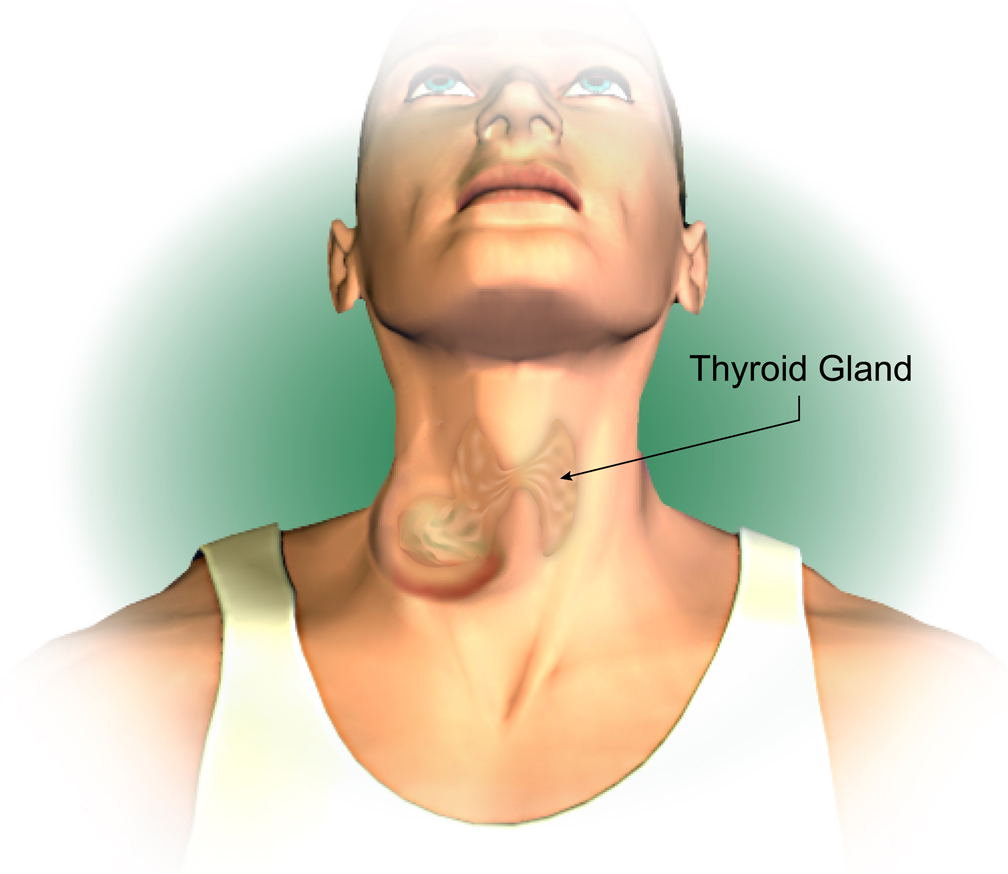

- #Early stage swollen lymph nodes in neck cancer skin#
- #Early stage swollen lymph nodes in neck cancer free#
Approximately 200 nodes are in the head and neck. Night sweats, recurring high-grade fever or constant low-grade feverĬancers in the mouth and oropharnyx often spread to the lymph nodes in the neck.Itching, bone pain, headaches, constant coughing and abnormal pressure and congestion in the face, neck and upper chest.Loss of weight, nausea, vomiting, indigestion or pain in the abdomen.Like most cancers, lymphoma is best treated when found early.
#Early stage swollen lymph nodes in neck cancer skin#
Sometimes the swelling, or the tumor, occurs in other organs such as the skin or stomach (extranodal lymphoma), either as a first symptom or a sign appearing later in the disease. In most cases, patients consult their doctors if they have painless swelling in the neck, armpits, groin or abdomen. While a number of factors determine the best treatment for these disorders, the most significant is tissue classification followed by determination of the disease's stage. Overall, 50 to 60 percent of patients with non-Hodgkin lymphoma now live five years or longer without a recurrence. In the past 10 years, this disease has become easier to treat as more procedures are found to be effective. A bone marrow transplant should be considered for every patient whose disease comes back after undergoing chemotherapy. Sometimes giving the patient aggressive chemotherapy and then introducing young cells from the bone marrow (bone marrow transplantation) may increase chances of the patient living longer. The stage of the disease at diagnosis is critical in planning treatments. About 90 percent of all people diagnosed with early-stage illness and more than 50 percent of those with more advanced stage are now living longer than 10 years with no signs of the disease coming back. Drug regimens used are determined by a number of factors, the most important being tissue study.īased on the course of disease and the kind of lymphocytes affected, lymphomas are divided into two types: Hodgkin disease and non-Hodgkin lymphoma.Ībout 75 percent of those diagnosed with Hodgkin disease recover fully. Treatment consists of intensive combination chemotherapy, which is sometimes supplemented with radiation therapy.
#Early stage swollen lymph nodes in neck cancer free#
Those who stay in remission one year can look forward to a life free from recurrence. With treatment, between 50 to 75 percent of patients enter remission. Without treatment, these can progress rapidly regardless of stage.

Stage I disorders are treated with radiotherapy. Initial treatment has been so successful that people who stay in remission for three years after diagnosis are often considered cured. With treatment, remission can be induced in between 50 to 75 percent of cases. This type progresses fairly rapidly without treatment. After five to 10 years, low-grade disorders begin to progress rapidly to become aggressive or high-grade and produce more severe symptoms. These grow so slowly that patients can live for many years mostly without symptoms, although some may experience pain from an enlarged lymph gland. Classifying them is complex because many kinds of lymphocyte cells can be involved. Some lymphomas grow faster and require specific treatment. Lymphomas are graded as low, intermediate and high depending on the kind of lymphoma cells present and how they affect lymph nodes and chromosomes. * American Cancer Society, Cancer Facts & Figures 2014 The result is anemia, or low red blood cell count. Some lymphomas may affect the bone marrow and interfere with its making of blood cells. When white blood cells multiply abnormally, they cause masses to form and lymph nodes become enlarged.

Lymph allows white blood cells (lymphocytes) to circulate. Tubelike vessels carrying milk-colored fluid called lymph connect lymph nodes to each other. They also serve as a reservoir of cells that supply microorganism-fighting antibodies. Normal lymph nodes are tiny, beanlike structures that trap cells containing poisons and waste materials. Because lymph tissues are present in many parts of the body, lymphoma can start almost anywhere. In lymphoma, cancer cells are found in the lymphatic system, which is comprised of the bone marrow, lymph nodes, spleen, stomach, intestines and skin. In the United States, about 79,990* new cases of lymphoma are diagnosed every year. Lymphoma is a group of blood cell tumors that begin in cells of the body's immune system.


 0 kommentar(er)
0 kommentar(er)
